MIT Monday
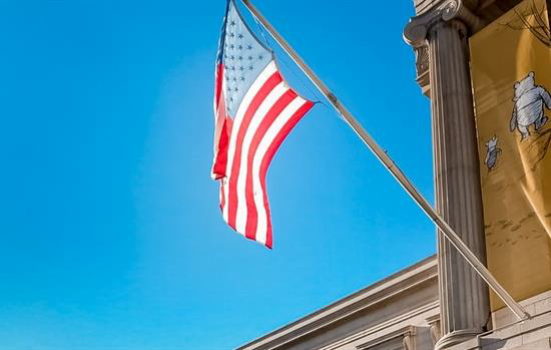
Last semester, I was given the amazing opportunity of spending a semester at the Laboratory for Aviation and the Environment, part of the Massachusetts Institute of Technology (MIT) in Greater Boston. Every six weeks I reported on my adventures in a blog series called MIT Monday. In these blogs, I talked about the reason for my stay, my research, the Fulbright scholarship I received, Greater Boston and MIT and my final impressions.
1. Land of the free, home of the brave (Oct 22, 2018)
Land of opportunities
November 12th, 2017. An email pops up. Ideas and plans finally turn into reality: next fall, I am going to Boston.
Who am I? My name is Bert and I am a second year Ph.D. student within the Environmental Economics research group at the Faculty of Business Economics from Hasselt University. This fall, I will travel to the U.S.A. to work in the laboratories of the prestigious Massachusetts Institute for Technology, better known as MIT. I am deeply honored that I have been invited for an external research stay. Up until now, I could not even imagine in my wildest dreams how working at MIT would look like….
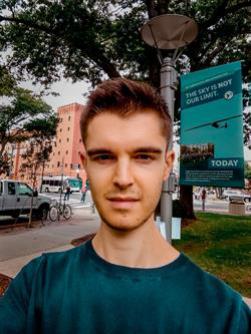
So how will life be in the US of Trump? Is it as bad as is often claimed on the news? Are my friends and family right to question my sanity in going there? Is there any truth to these stories? My scientific curiosity got the better of me and now I will be able to experience it all first hand. And don’t worry, I will tell you all about it in my next blogs.
The lure of flying
What will I be investigating during my research stay? Good question. It has everything to do with the manner of transportation that I will use to get there: airplanes. More specifically, I am interested in aviation and the airline industry around it and will be working in the Laboratory for Aviation and the Environment. Air transportation has become increasingly popular in recent decades. Since 1980, prices have halved while the number of passengers increased tenfold, resulting in flying becoming more accessible. That’s not only nice for people looking for a holiday abroad, also businesses might benefit. That is why the governments in both the US and Europe have and still are subsidizing (small) airports. But just how much do airports add to economic growth? What is their value? And how can we quantify this? These are precisely the questions I hope to answer in my research.
However, flying that cheap comes at a cost. If all the airlines were combined into one country, it would rank in the top 10 emitters. Me coming to the US and going back home by plane will emit as much greenhouse gasses as heating up my apartment for the entire research stay. To make matters even worse, the number of air passengers will double in the next two decades while emissions from airlines are not even in the Paris agreement. Apart from studying the economic impact of aviation, my future research will therefore also focus on the environmental footprint of the airline industry as well. But more on that in a later post.
Last but not least, going abroad also means meeting new people, experiencing different cultures, and representing your own country as well. I am looking forward to sharing all of this with you in the coming months. Welcome to MIT Monday!
2. To profit or not to profit (Nov 12, 2018)
Should I fly?
In my previous blog, I announced that I am going to spend a semester working at the Laboratory for Aviation and the Environment, which is part of the Massachusetts Institute of Technology’s (MIT). There, I will use my time and resources to investigate the economic impact of aviation. That all sounds nice, but why would someone need to travel across the Atlantic to do just that? Kind of hypocritical given the fact that previously I was talking about the booming numbers of passengers and the impact this has on our environment. Let’s back up a little to put things in perspective.
Fostering economic growth
The first question we must ask ourselves is the following: given the steep rise in airborne transportation, is aviation a profitable business? Not necessarily. A little under two decades ago, Belgium witnessed the loss of its crumbling flag carrier with the bankruptcy of the Belgian national airline Sabena. November 2001 marked one of the biggest economic failures in history.
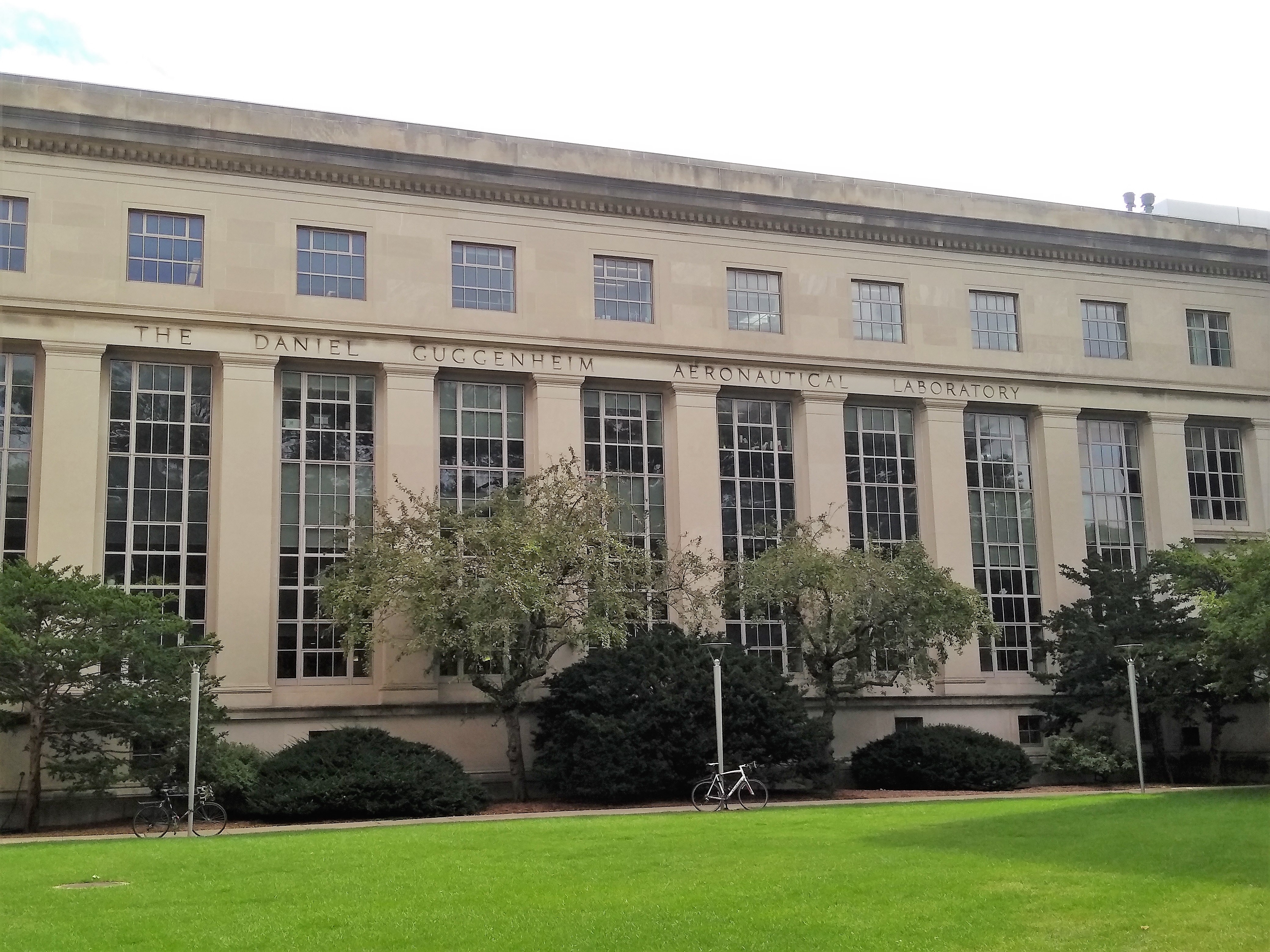
Yet despite the lurking financial problems, the debate about whether the Belgian government should invest continued until the very end. In fact, before the closure, the government had already invested several billion into the company. Similar stories can be told about Air France, before its merger with KLM, and Alitalia. So why do governments keep investing in unprofitable enterprises?
A much-heard argument — and for policymakers, perhaps the most important — is that air transport creates employment and fosters economic growth. Keeping employment up is certainly a strong political motive. For example, the bankruptcy of Sabena left thousands of people unemployed overnight. Proponents of government intervention also feared that economically unviable connections would not survive in the market, thereby losing their catalytic effect on the wider economy.
But is this argument really justified? To which extent do more or better air services lead to more economic growth? Or does more economic growth rather lead to more or better air services? To date, it is unclear whether increased air accessibility has a positive impact on the wider economy in general, as, though often studied both qualitative and quantitatively, no unambiguous answer has yet emerged from the literature.
Doing things differently
In my research, I want to do things a bit differently. Unlike previous studies, I do not look at traffic volumes. Instead, I use a connectivity metric that takes into account both the quality of the connection (using one or two connecting flights) and the economic size of the destination. And this is where MIT comes in, as they have the data and computer power to calculate such a metric.
Secondly, we do not focus on large cities (who have an airport) only. I include smaller regions as well by integrating the distance between a centre of population and all available airports, in my calculations. This approach not only looks at a more realistic sample of regions, but it also reflects the travelling distance to the airport. After all, people—with the possible exception of Tom Hanks’ character Viktor Navorski—do not live in airports!
3. Show me the money (Dec 10, 2018)
The Fulbright exchange program
A brand new week, a brand new Monday. Thus far, I have mostly talked about my research and the lab at MIT where I will be executing it. However, a research stay is about so much more than just conducting science. It involves discovering an unexplored city, integrating into an unknown community and assimilating with new cultures. On top of that you are also representing your own country and culture. It’s this exciting mix mash that prompted me to apply for the Fulbright exchange program at Fulbright Belgium, which is the Commission for Educational Exchange between the United States of America, Belgium and Luxembourg.
As the name indicates, its mission is to foster bilateral relationships between the US and the various participating countries. More specifically, it aims to improve intercultural relations, diplomacy, and exchange through education and research. It, therefore, encourages recent graduates and young professionals to apply and experience a semester or more abroad. The Fulbright program is open to all nationalities, although more non-US citizens are granted a scholarship than US citizens.
Surviving all rounds
The Fulbright program is quite prestigious, especially in the US. As a consequence, the recruitment procedure is awfully selective. The Belgian selection process requires three letters of recommendation, an outstanding resume, two letters stating your study/research objective and personal statement, and (preferably) an invitation from an American university. And that’s just the first round.
Applicants who don’t get knocked out in the first round have to appear before the Commission’s expert panel. I still vividly remember being selected for my interview: I was super excited about the fact that I managed to pass the first round, but also really nervous as I had to face the panel now. The Belgium Fulbright panel gathers in the Royal Library in our capital city Brussels, in a room called the ‘Salle du Conseil’, the council chamber. I went there on one of these typical Belgian grey rainy days -wearing my suit- quite naïvely expecting only a handful of experts, as is the case for various other grant application procedures. However, when I entered the room, I very quickly realized it was quite the contrary!
Although the room itself was fairly small, with an enormous table taking up most of the space, there was a panel present of approximately 15 people with a stoic look, all facing a single chair on the other side of the table that was specially reserved for … me. An impressive welcome indeed. But I managed to hold my nerves and gave it my all. I confronted the panel’s questions calmly and with confidence, hoping to convince them of my research project and my skills to successfully complete it. In the end, the panel turned out to be very nice; in any case, no one bit me or something like that.
An amazing opportunity
And then came the worst part of the whole selection procedure: the period in which you have to wait until they announce the final verdict. After what seemed to be forever to me I finally received the good news from Fulbright Belgium. I was selected for the exchange program. Saying I was happy with this announcement would be a vast understatement of the feelings of accomplishment that rushed through my body at that moment.
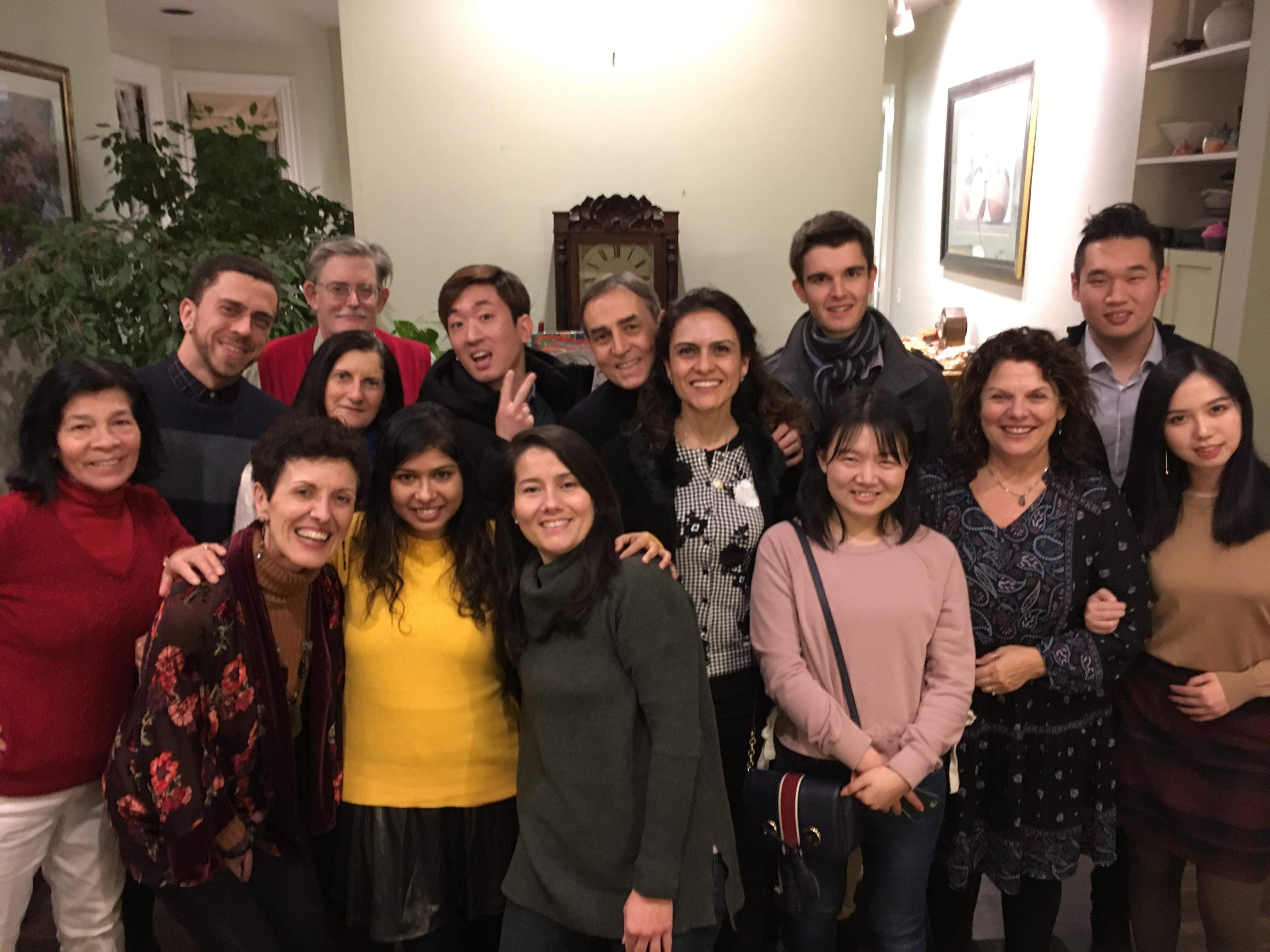
When selected, Fulbright grantees are appointed a scholarship. In addition to this, the Fulbright program supports its scholars by organizing welcome receptions, pre-departure orientation sessions, cultural events, and much more. Thanks to the amazing Fulbright community I got invited to a real American Thanksgiving dinner! Fulbright also awards a monthly stipend to cover tuition, living costs, etc.; as well as sickness and accident insurance, which comes in handy as cities as Boston and New York can be terribly expensive to live in, but more about that in my next blog…
4. Life in the city of Boston (Jan 14, 2019)
A happy 2019 to all of you! The new year has arrived and found me preparing for my last weeks here in the US. In this blog, I will tell you a bit more about MIT and the city it is located in: Cambridge in Greater Boston.
The city of Boston
Greater Boston is one of the oldest cities in the United States, founded by British settlers. To this day, it is seen as one of the most European cities in America. Boston is home to some beautiful architecture, colorful cafes and excellent restaurants.
Contrary to most American cities, Boston has a fair share of bicyclists and is often referred to as ‘the walking city’. Despite its European feel, the city is unmistakably American. Wide lanes cross most of the city and are lined with colorful wooden houses. And also the American lifestyle is certainly noticeable, as almost everything does come in large quantities.
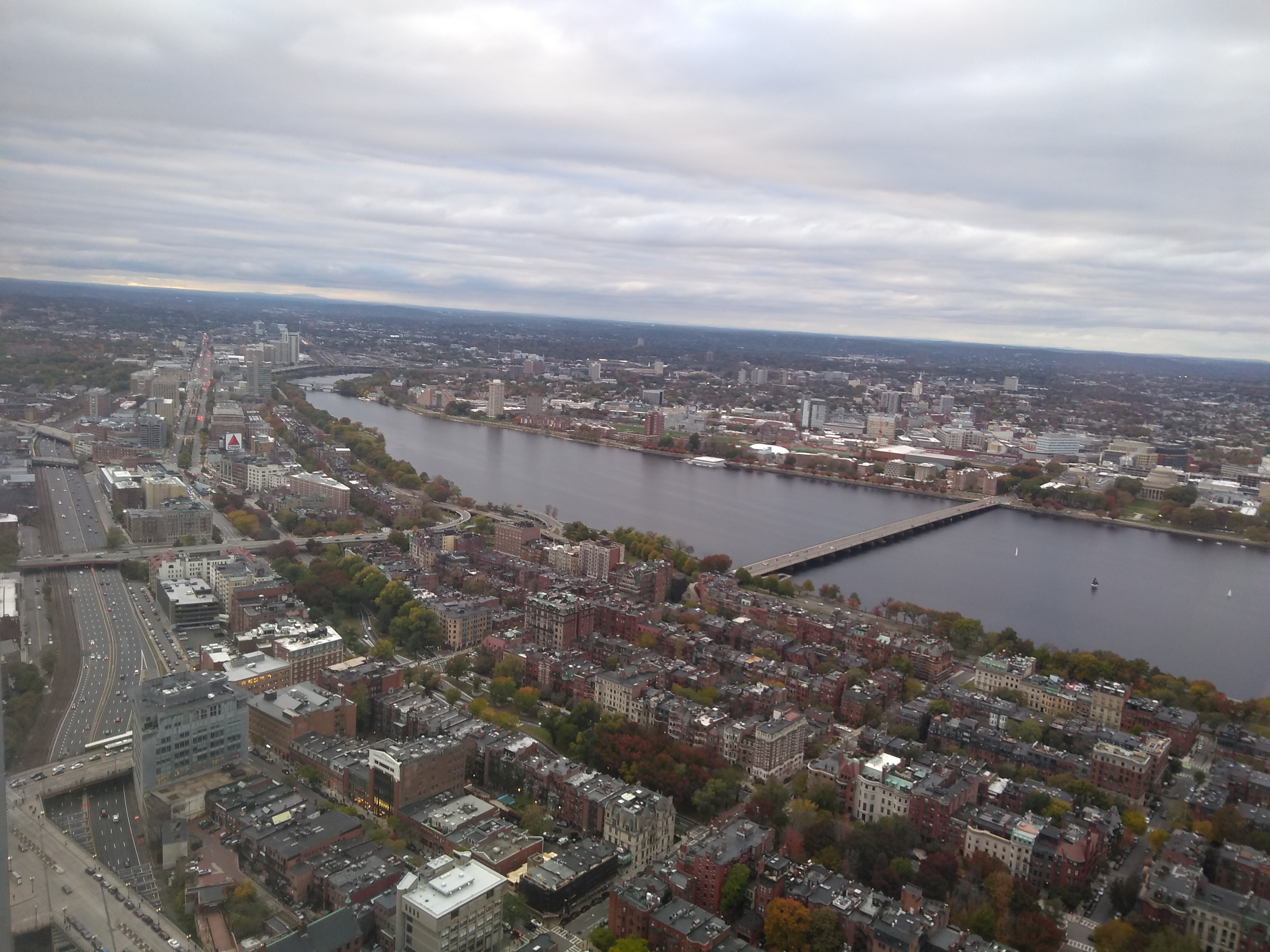
Boston is also famous for its seafood and there are some fine pubs with excellent beers as well; at the same time, there also seems to be a donut shop on every corner of downtown Boston. Shops are open much longer than is the case in Belgium, even on Sundays, which is a huge advantage. Personally, I always go grocery shopping in a supermarket that is open 24/7!
But mind you, not everything is so accessible in Boston as is the case in Belgium. Generally, alcohol can only be purchased from special liquor shops and both bars and liquor shops are very strict about the age limit, which is 21 in Massachusetts.
Life at MIT
Moving on to my workplace, the Massachusetts Institute of Technology (MIT) is, without a doubt, one of the most famous universities in the world. In recent years, it has managed to remain within the top 5 of various world university rankings. Since its foundation, there have been 27 Noble Prize winners and 93 laureates across its alumni. I am thus very honored to be able to study here.
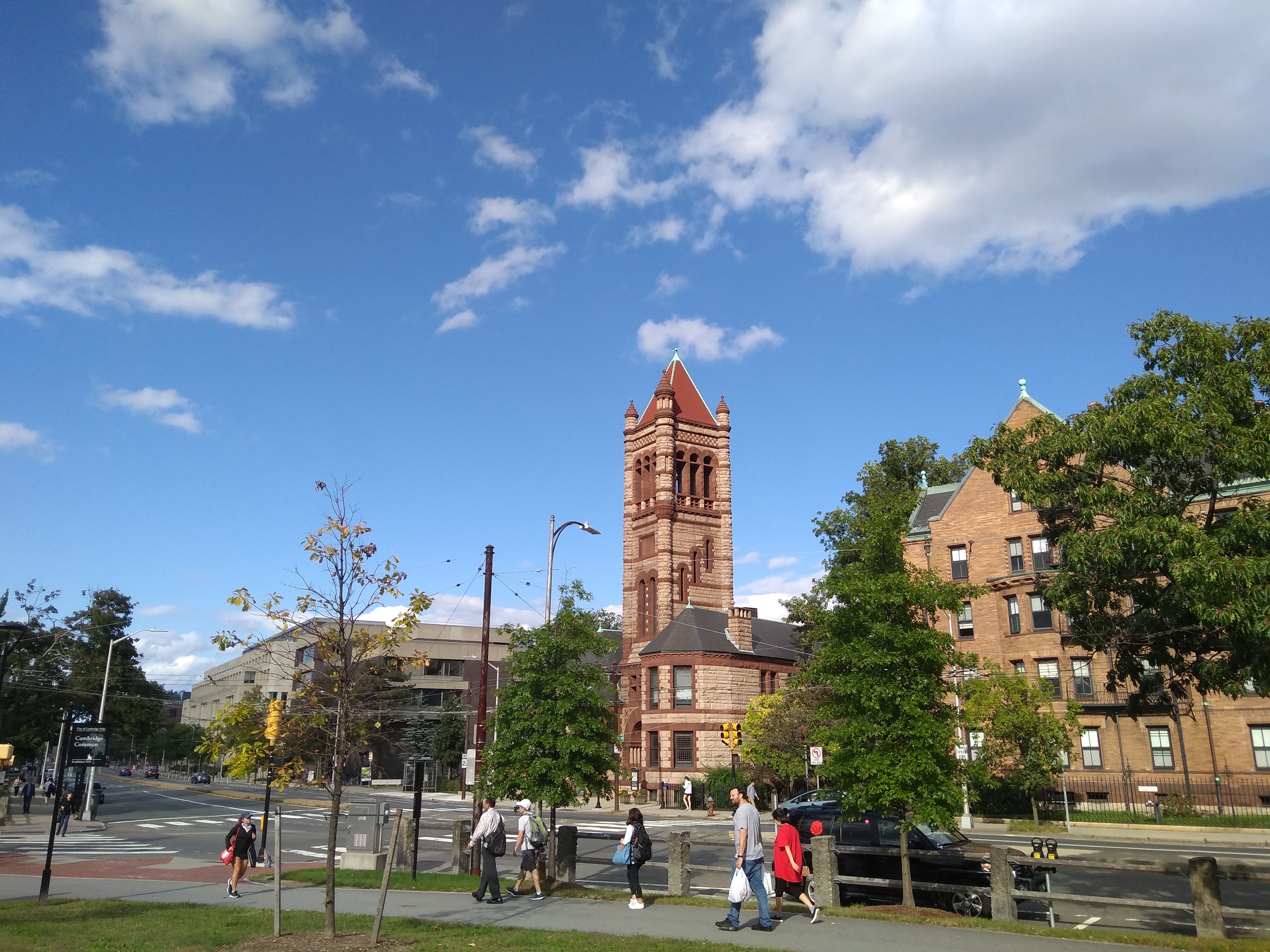
But MIT’s success also has a shadow side. Studying at MIT does come at a price, literally. Even with financial support from the university, annual fees can still total up to about 25,000 dollars. Without financial support, that figure can easily double; taking living expenses into account, a full year could be expensive as 75,000 dollars! No wonder Americans think European education is free, given our Belgian yearly fee is approximately 1,000 dollar.
Also, MIT is notorious for having a higher-than-average suicide rate. Every year a number of students take their own life, a painful and concerning statistic. In its defense, MIT tries very hard to improve mental health, by providing counseling programs and ensuring that leaflets with information for reaching out for help can be found everywhere (even on the toilet).
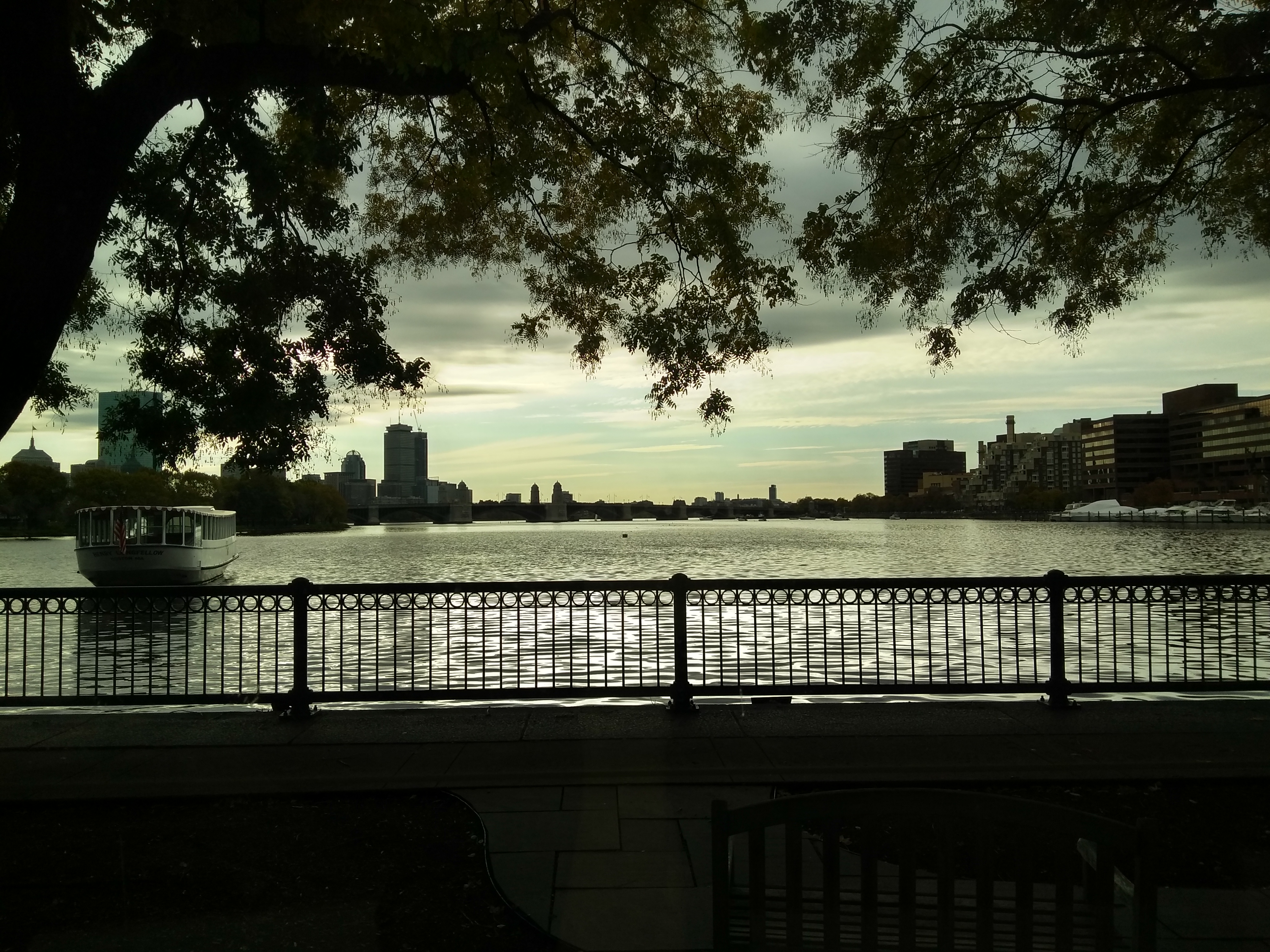
So what is daily life on campus truly like? MIT is smaller than you would expect with just over 11,000 students, I included, yet its campus is pretty impressive though, with a combination of classical and more experimental types of architecture. I even got lost several times during my first weeks.
All year long, an endless number of lectures, lunches, seminars and other events are organized all over campus, creating a vibrant atmosphere. There is even an app that keeps track of those that offer free food. MIT also has over 500 recognized student activity groups, so there is always something to see or do. And last but not least, the MIT campus is home not just to students but to a surprisingly large amount of squirrels as well.
5. There and back again (Feb 04, 2019)
Greeted by snow
It seems like I came back from the US just in time to escape the polar vortex only to be greeted by the first Belgian snow. As I am residing in a landscape covered by a white blanket my thoughts wander back to the experiences from my stay in the US.
I definitely learned a lot. Research wise, I discovered some interesting (yet still preliminary) results. As I mentioned earlier (blog 1 and 2), my research looks into the economic impact of aviation. According to my work at MIT, aviation has a positive impact on employment in the financial sector. However, space matters! Only regions close to airports benefit, while regions further away from airports face negative impacts, possible due to companies moving away (to be closer to airports). A similar effect seems to be present for economic density: closeness is beneficial while more remote regions suffer.
Also, living and working in the US has been a wonderful experience. I think we all have our own impressions of typical American life, handed down from popular culture (a strong sign of the US’s so-called soft power). I have to admit, some of the stereotypes are true, but, in retrospect, I adjusted to Boston almost instantly. All in all, the city has both an American and European feel, and is certainly worth a visit, let alone a research stay!
Working at MIT
To me, however, the most interesting experience was staying at MIT. MIT is a world-renowned institute and my chance to have a look behind the scenes proved to be very insightful. One question I have asked myself often is: What are the reasons behind MIT’s apparent success as a research centre? Was I able to crack the code and figure out the magic recipe to MIT’s success? No, but I have gained some insights that I would like to share with all of you.
One of MIT’s key assets is its tremendous level of ambition. It attracts the brightest minds from all over the world of who are all set on producing first-class research, creating kind of a self-reinforcing cycle. On top of that, MIT has a very strong focus on innovation and novelty. Every research proposal faces the inevitable “so what?” question. The golden rule is: only research that broadens the scientific horizon, and that per definition has never been done before, gets funded at MIT. Also, research projects and researchers at MIT are extremely specialized. My lab, for example, was very interdisciplinary, but fostering discussions outside someone’s area of expertise often proved difficult. Lastly, MIT tries to fully embrace software and technology—not that surprising given its name and focus on engineering.
I'm a legal alien
So, I clearly gained a lot of insights from my American adventure. I want to finish, however, by giving some Belgian perspective on life in the US. Belgians are often characterised as modest, too modest perhaps given American standards. I agree that, while Belgium might be small, there is certainly much to be proud of and we should highlight our successes more. What I have learned over the past four months though is that focusing too much on success can lead to dishonesty. After all, many successes come at a cost, and I haven’t always found the willingness to acknowledge this in the US.
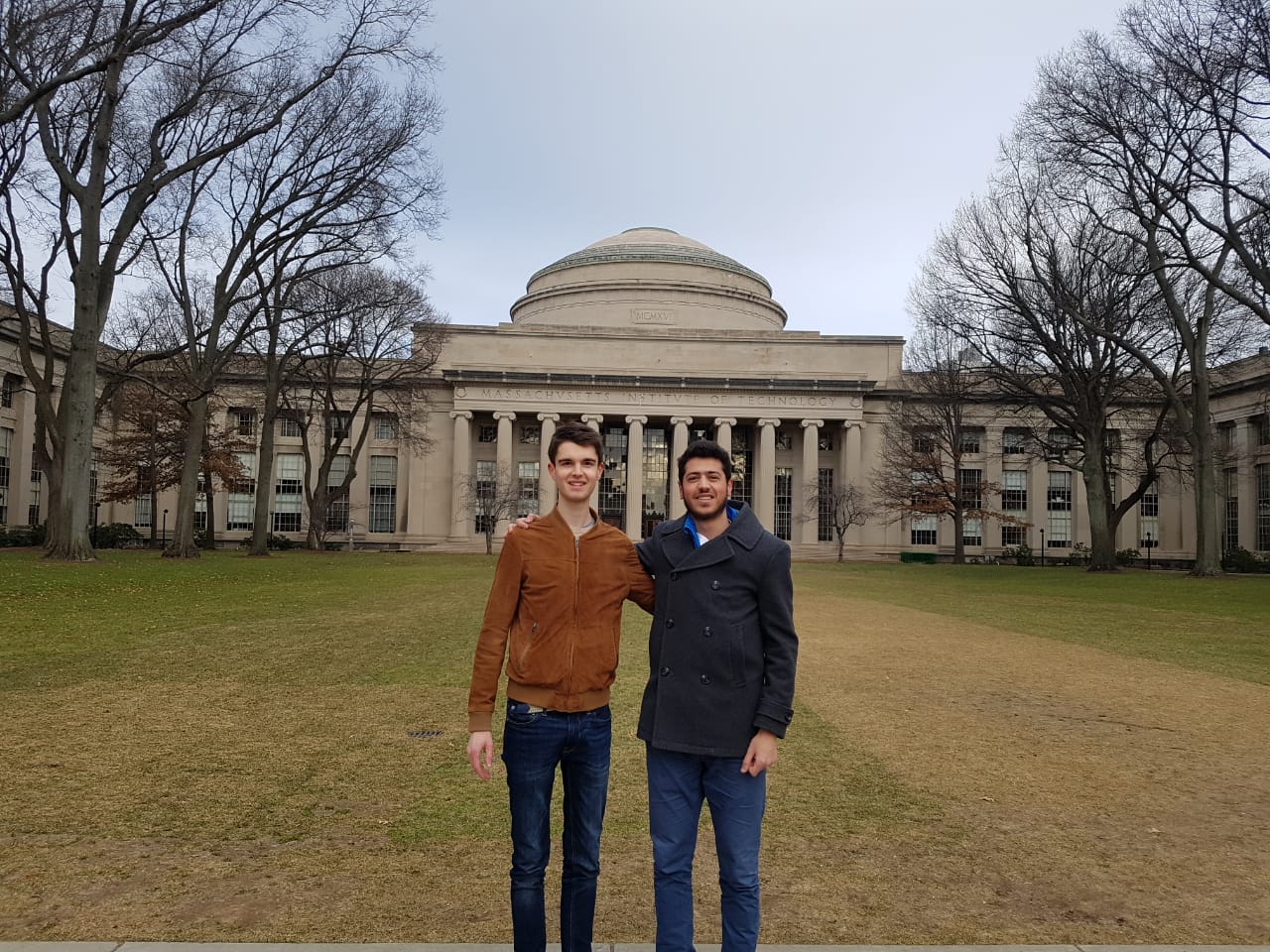
To give a few examples: Boston is a beautiful and prosperous city with clean and lively streets (I never felt unsafe), but at the same time, real estate prices are so high (more than twice the amount of Brussels) that they are pushing poor people out of the city. Similarly, MIT is a very high-ranking university but this comes at a cost, as I explained in my previous blog (blog 4). The US economy was recently lauded for its strong economic growth, especially compared to the EU. However, what is often forgotten in this discussion is that inequality in the US is much large (and is still increasing) compared to the EU. In brief, Belgians should certainly consider tempering their modesty but there is definitely no need for removing it altogether.
So what does the future hold? As a next step, I plan to refine my analysis further and discuss the implications of my results with fellow aviation economists. In the future, I hope to take a different perspective by studying the environmental instead of economic impacts of aviation. Combined with my current research, these results will hopefully allow for a more comprehensive assessment of aviation in the 21th century, which perhaps might lead to a new blog series…
